From tracking suspicious moles to documenting acne treatment progress or capturing before-and-after cosmetic results, photodocumentation is central to care delivery. Photos are not just clinical tools — they are also legal records, payer requirements, and patient engagement assets.
Yet despite their importance, photos often create operational headaches: inconsistent labeling, difficulty linking images to the right patient or encounter, and overwhelming image libraries that become impossible to manage over time. Staff spend hours uploading, categorizing, and filing images into the EHR — time that could be spent supporting patient care.
AI is transforming this landscape. The best AI platforms for photodocumentation don’t just store images — they organize, tag, and integrate them seamlessly into the dermatology workflow, ensuring that providers have the right images at the right time with minimal staff effort.
Why Photodocumentation is a Challenge in Dermatology
1. Volume of Images
Dermatologists may capture dozens of photos per day. Across a multi-location practice, this adds up to tens of thousands annually. Without automation, managing this volume is overwhelming.
2. Consistency Issues
Photos may be mislabeled, attached to the wrong patient, or uploaded into the wrong section of the EHR. Inconsistent metadata makes retrieval difficult later on.
3. Workflow Disruptions
Staff often need to stop patient flow to manually upload or categorize images. In busy clinics, this slows throughput and frustrates patients waiting for care.
4. Compliance and Legal Risk
Improperly stored or misfiled images create liability. Photos are protected health information (PHI) and must be handled with the same rigor as any clinical record.
5. Patient Expectations
In cosmetic dermatology especially, patients expect high-quality, well-documented before-and-after results. Poor image management can erode trust and reduce satisfaction.
How AI Improves Photodocumentation
AI co-workers embedded in the EHR can transform photodocumentation from a burden into an asset:
Automated Categorization
AI can automatically tag photos by body region, condition, or procedure, ensuring consistency across records. This eliminates manual labeling errors and saves staff time.
Seamless Patient Matching
Using contextual data (appointment time, provider, procedure code), AI ensures photos are linked to the correct patient and encounter automatically.
Search and Retrieval
AI-driven indexing allows providers to instantly pull up past photos — for example, to compare a mole’s appearance over time or to show a patient their progress.
Compliance Safeguards
By embedding directly into the EHR, AI ensures all images are securely stored, HIPAA-compliant, and part of the permanent patient record.
Cosmetic Workflow Support
AI can generate before-and-after comparison sets automatically, standardizing angles and lighting for accurate documentation and patient engagement.
Redefining Staff Roles Around Photodocumentation
Historically, staff members have been responsible for capturing, uploading, and categorizing photos. With AI managing much of the clerical work, staff roles can shift:
- More Focus on Quality Capture
Staff can concentrate on taking consistent, high-quality images rather than worrying about labeling or uploading. - Patient Education
Instead of rushing to upload files, staff can spend more time explaining treatment progress to patients using AI-organized photo libraries. - Efficiency Gains
Reduced clerical burden frees up time for staff to manage scheduling, check-ins, and other patient-facing responsibilities.
What to Look for in AI Photodocumentation Solutions
- EHR-Native Integration
The platform should work directly inside the EHR so images are automatically attached to the patient record. - Automated Tagging & Categorization
AI should standardize image metadata without staff intervention. - Scalability Across Locations
Practices with multiple sites need consistent workflows and centralized storage. - Security and Compliance
PHI must be encrypted, audit-trailed, and accessible only to authorized users. - Usability for Providers
Providers should be able to retrieve images instantly without disrupting the clinical flow. - Support for Cosmetic & Medical Use Cases
A strong solution covers both insurance-driven medical documentation and high-touch cosmetic before-and-after comparisons.
Honey Health’s Approach
Honey Health’s AI co-workers bring order to photodocumentation by working natively within the EHR. Instead of staff manually handling photos, Honey’s platform:
- Auto-matches images to patients and encounters
- Tags and categorizes images consistently across the practice
- Integrates photos into chart prep for provider review
- Creates before-and-after sets for cosmetic procedures
- Ensures HIPAA compliance with secure storage and audit trails
By automating the background work, Honey Health allows dermatology teams to focus on patients and outcomes — not file management.
The Future of Photodocumentation in Dermatology
Looking ahead, AI will do more than just organize images. Emerging capabilities include:
- Automated Lesion Tracking
AI could flag changes in mole size, color, or shape across visits. - Outcome Analytics
Platforms may track treatment success rates across populations using image data. - Patient-Facing Portals
Patients could receive curated image sets that document their progress, boosting engagement and adherence. - Research Applications
Aggregated, de-identified photo libraries could accelerate dermatology research and AI diagnostics.
The clinics that adopt AI for photodocumentation today will be positioned to leverage these innovations tomorrow.
Conclusion
Photodocumentation is essential in dermatology, but without AI, it quickly becomes a burden for staff and providers. The best AI platforms transform images into organized, secure, and accessible records that enhance care delivery and patient trust.
For dermatology practices, adopting AI co-workers for photodocumentation is not just about efficiency — it’s about accuracy, compliance, and patient satisfaction. By taking the clerical burden out of photo management, clinics can focus on delivering exceptional care and growing their practice.
Honey Health is leading this transformation, providing dermatology clinics with AI-powered photodocumentation that “just works” — directly in the EHR, with no extra clicks.

